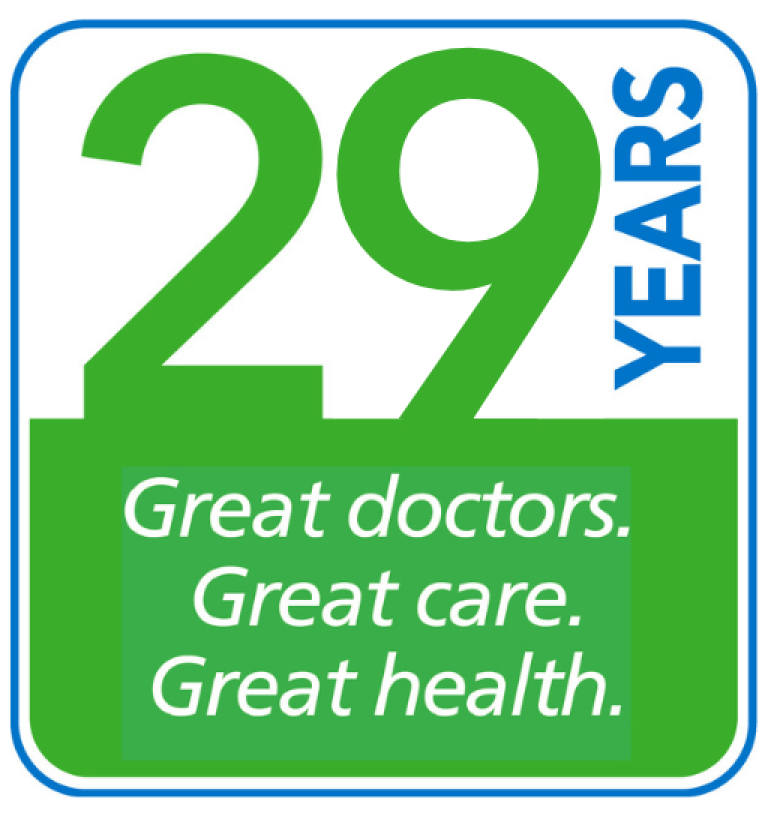Dr. David Jackson, MPCP Columbia Cardiology
The Centers for Disease Control reports that heart disease is the leading cause of death among Americans. You aren’t able to change some risk factors ─ such as family history, sex or age – but heart disease is often linked to lifestyle, and you can significantly reduce your risk by making healthy choices. February is National Heart Month, so now’s a good time to get started.
1. Keep an eye on your plate. A diet rich in fruits, vegetables and whole grains can help protect your heart. Beans, other low-fat sources of protein and certain types of fish also can reduce your risk of heart disease. Two examples of heart-healthy food plans include the Dietary Approaches to Stop Hypertension (DASH) eating plan and the Mediterranean diet.
2. Get moving. Regular exercise helps you control your weight and can reduce your chances of developing other conditions that may put a strain on your heart, such as high blood pressure, high cholesterol and diabetes.
Try getting at least 30 to 60 minutes of moderately intense physical activity most days of the week. But if you can’t make it to the gym, activities such as housekeeping, taking the stairs and walking the dog count toward your total.
3. Kick the habit. Most people know smoking causes cancer, but it can also damage your heart and blood vessels, causing narrowing of the arteries (atherosclerosis) and ultimately leading to a heart attack. The good news is it’s never too late to stop smoking, and when you quit, your risk of heart disease drops almost to that of a nonsmoker in about five years.
4. Get on the scale. Being overweight can lead to conditions that increase your chances of heart disease, such as high blood pressure, high cholesterol and diabetes. One way to see if your weight is healthy is to calculate your body mass index (BMI), which uses your height and weight to find your percentage of body fat. Try this online BMI calculator.
If you’re overweight, even a small weight loss will help you. Reducing your weight by just 5 to 10 percent can help decrease your blood pressure, lower your blood cholesterol level and reduce your risk of diabetes.
5. Get enough quality sleep. It may surprise you to learn that people who don’t get enough sleep have a higher risk of obesity, high blood pressure, heart attack, diabetes and depression. If you wake up without your alarm clock and you feel refreshed, you’re getting enough sleep. But, if you’re constantly reaching for the snooze button and it’s a struggle to get out of bed, you need more sleep each night.
6. Get screened. High blood pressure and high cholesterol can damage your heart and blood vessels, but without testing for them, you probably won’t know whether you have them. If you have high risk for these diseases, such as obesity and family history, check with your doctor to see if you need these screenings.
Additionally, Maryland Primary Care Physicians offers a new testing method, called Carotid Intima-Media Thickness (CIMT), which can help identify people who may be at risk for developing cardiovascular disease. CIMT uses ultrasound to detect thickening in the inner lining of the carotid arteries in the neck, a risk factor for developing atherosclerosis, which often leads to a heart attack or stroke. Having this information can help you and your doctor devise a plan to lower your risk and prevent future problems.
 Dr. David Jackson is board-certified in cardiology with extensive experience in all aspects of cardiovascular disease. He is is available for office consultations to assess patients’ cardiovascular risk factors. The Columbia Cardiology office provides high-quality, on-site cardiac stress testing and cardiac ultrasound testing. Contact us at 410-740-0789 or visit our site page.
Dr. David Jackson is board-certified in cardiology with extensive experience in all aspects of cardiovascular disease. He is is available for office consultations to assess patients’ cardiovascular risk factors. The Columbia Cardiology office provides high-quality, on-site cardiac stress testing and cardiac ultrasound testing. Contact us at 410-740-0789 or visit our site page.

 Dr. Jackson is a Maryland Primary Care Physicians, LLC partner and is certified by the American Board of Internal Medicine in both Cardiovascular and Internal Medicine. Dr. Jackson is a graduate of Harvard College in Cambridge, MA. He received his medical degree from Mount Sinai School of Medicine in 1980 and completed his residency program in Internal Medicine at St. Luke’s Roosevelt Hospital Center in 1983. Dr. Jackson completed his cardiology fellowship at Norwalk Hospital, an affiliate of Yale University School of Medicine, in 1985.
Dr. Jackson is a Maryland Primary Care Physicians, LLC partner and is certified by the American Board of Internal Medicine in both Cardiovascular and Internal Medicine. Dr. Jackson is a graduate of Harvard College in Cambridge, MA. He received his medical degree from Mount Sinai School of Medicine in 1980 and completed his residency program in Internal Medicine at St. Luke’s Roosevelt Hospital Center in 1983. Dr. Jackson completed his cardiology fellowship at Norwalk Hospital, an affiliate of Yale University School of Medicine, in 1985.


